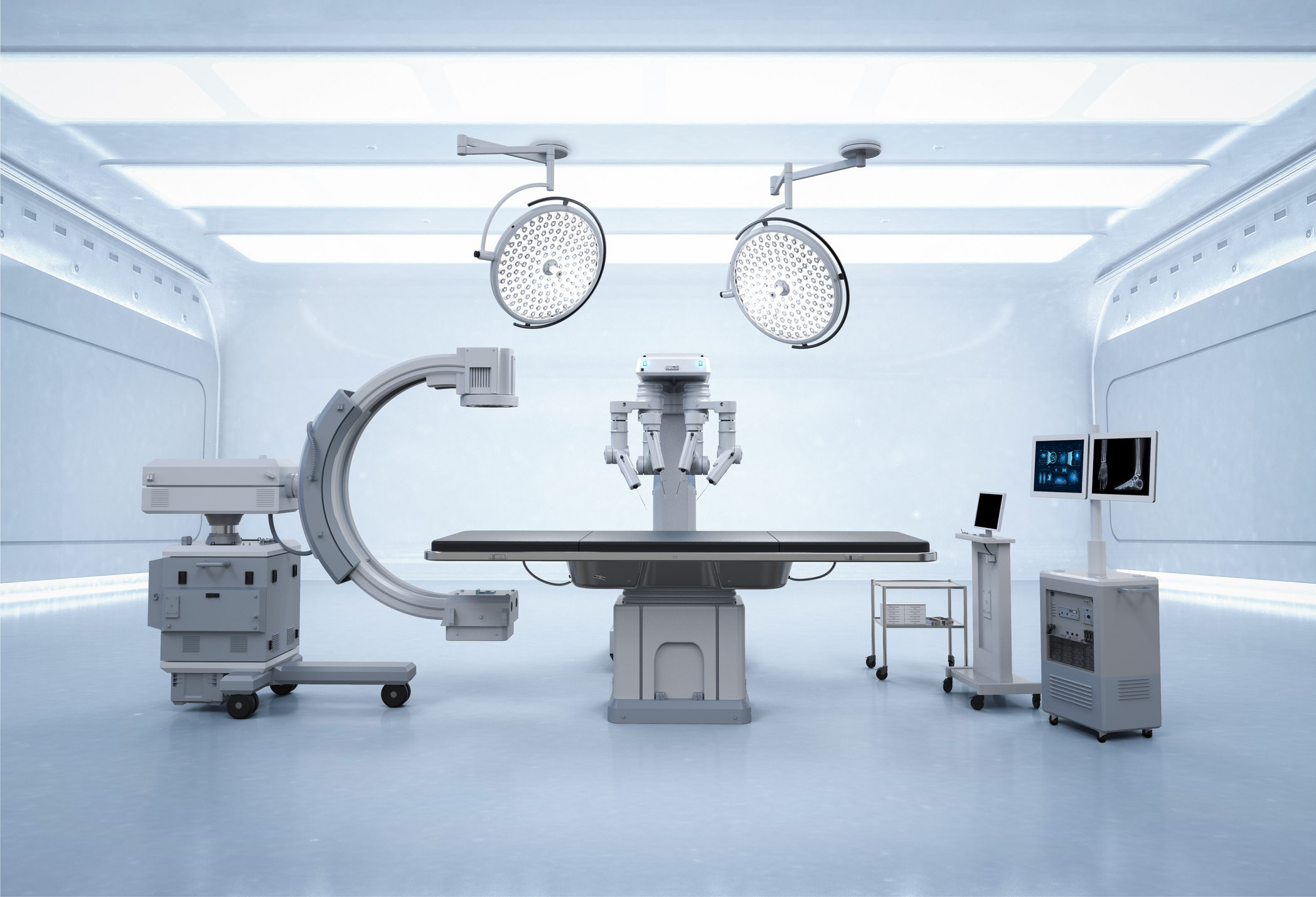While a competent, capable, and expert team of staff members is the backbone of any hospital or healthcare facility, having up-to-date and functional equipment can make it easier to provide extraordinary patient care.
Technologically advanced equipment not only improves patient satisfaction, but also increases staff efficiency - both of which lead to more revenue. When you have ordered new medical equipment, how do you ensure that everything is set up properly and will be ready for immediate use?
Here are five things to consider for the smoothest, most efficient equipment setup.
Proper Location
The first step of proper medical equipment setup is placing the equipment item(s) in the specified area of use. You need to have the equipment located in the area where it will be used, so a direct-to-site delivery process is extremely beneficial.
Inspection of Parts and Proper Assembly
The next step is inspection. You want to carefully inspect each piece of equipment for the following:
-
Missing parts;
-
Damaged parts;
-
Mismatched parts.
Although it may seem simple and obvious, this is a crucial step for your hospital or healthcare facility. A quick check is not enough; you need a detailed inspection to avoid problems in the future.
What good is medical equipment if it isn’t assembled correctly? Once you’ve inspected everything, be sure that the equipment gets assembled the right way. Even a small mishap could cause a malfunction and possibly damage your equipment. This means more time and money spent on equipment needs.
Test of Functionality
Once assembled, the medical equipment should be tested for functionality. Sometimes everything appears to be fine, but there may be a glitch that can’t be seen. In addition to problems with the equipment itself, testing can uncover assembly mistakes before any permanent damage occurs.
Removal of Unnecessary Materials
The next step is to be sure all packing materials and other debris are removed from the medical equipment area. This helps ensure a clean, effective workspace for those employees who will be using the equipment on a regular basis. It also prevents contamination and other mishaps during work.
Instruction for Use
Finally, after all inspections have been done and everything seems to be working properly, it’s crucial that each applicable member of your staff is instructed on proper use of the medical equipment, especially if it’s a new model that’s not been used by your hospital before.
Clear, detailed instructions prevent misuse, which could lead to poor patient care or damaging of the equipment. It’s also important that instruction includes the hospital biomedical staff in order to facilitate shock-free operation and proper electrical grounding.
Making sure hospital equipment setup goes smoothly and gets done in a timely manner can put undesired stress on you and your staff. Tracking your equipment orders, managing multiple deliveries, and then finally overseeing the setup process is time-consuming and often overwhelming.
At CME Corp, we handle most of the work before the equipment even gets to you. We thoroughly inspect, properly assemble, thoroughly test functionality, and remove packing materials. We also provide detailed, thorough instructions upon setup. What does this mean for you? Less worry and less time spent. Feel free to contact us to learn more about how we can help with your equipment setup needs.
CME Corp is the nation’s premier source for healthcare equipment, turnkey logistics, and biomedical services, representing 2 million+ products from more than 2,000 manufacturers.
With two corporate offices and 35+ service centers, our mission is is to help healthcare facilities nationwide reduce the cost of the equipment they purchase, make their equipment specification, delivery, installation, and maintenance processes more efficient, and help them seamlessly launch, renovate and expand on schedule.



